Expensive stockmarket points to more volatility ahead
An expensive stockmarket points to more volatility ahead, so it can be hard to remember that often the best thing to do is nothing.
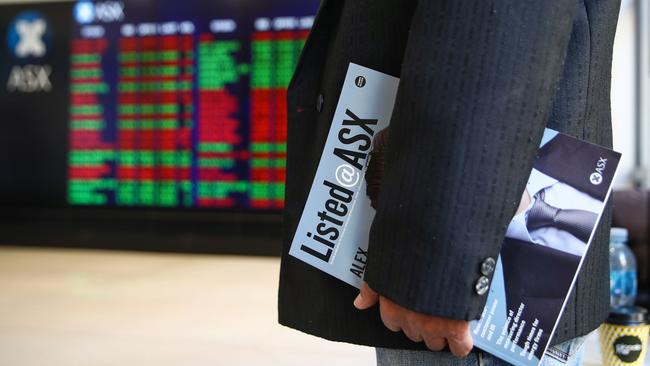
According to an analysis by our friends at Macquarie, the ASX 200 price-to-earnings multiple is more than one standard deviation above the average.
Even at the peak of 2007 the ASX 200 did not reach its current level of 16.6 times. The counterfactual point is that it did reach this level in 2015 and 2016, and, of course, the market surged higher.
Moreover, some businesses appear to be right-sizing permanently. That means fewer employees even when business activity recommences.
But even if we take those optimistic analyst hypotheses into account, excluding resources, banks and property, Macquarie reckons the rest of the market is on a price-to-earnings multiple of 25.6 times 2020 financial year earnings per share and almost 19 times 2022’s. Divide 100 by the FY22 PE ratio of 19 and you get the inverse of the PE — the earnings yield, which is 5.2 per cent more than two years hence. That seems unacceptably low given the aforementioned uncertainties, even if three-year bond rates are at 0.26 per cent.
I am forever trying to remind myself that the right thing to do, most of the time, is nothing at all. To sit on your hands patiently waiting for true bargains is extremely challenging.
Another challenge is spotting a bargain when they do emerge.
In order to find bargains, you must estimate per share intrinsic values, and to do that you have to have some sort of handle on sustainable levels of profitability. That, in turn, means an estimate of future balance sheet equity per share and earnings per share. The earnings per share is hard enough notwithstanding the optimistic guesses. But with all the capital raisings under way, it’s equally difficult to get a bead on the equity per share.
Since January 21 and to the beginning of the week, 31 companies with a combined market capitalisation of $76.6bn have raised a total of $10.03bn, or 13 per cent of their combined capitalisation. But these figures don’t drive investor returns. What is important is return on equity and equity per share.
By way of example, car parts supplier and owner of the Bursons store franchise in Australia and New Zealand, Bapcor, proposed to raise $210m, or 15 per cent of its market capitalisation, through a $180m institutional placement at $4.40 a share and a $30m share purchase plan, which we will assume is conducted at the same price. Consequently, about 48 million shares will be added to the company’s register.
At the beginning of the year, Bapcor’s balance sheet equity was $738m. All else being equal, the increase in issued capital of $210m will cause balance sheet equity to rise to $948m. But at the beginning of the year the company had 284,535,589 shares on issue, which meant each security a shareholder owned was backed by equity per share of $2.59. Following the raising, each shareholder will own stock with a backing of $2.85 per share. This is a positive as it increases the intrinsic value on a per share basis, all else being equal.
The flip side is that all else is not equal. If all the funds raised go to reducing debt, which will be the case for Bapcor and many of the companies raising money during the lockdowns, the return on that money is simply the interest rate on the debt paid down. With current interest rates very low, the money raised is generating a very low return.
The risk for investors is that the profitability of a business raising capital to reduce debt will be diluted. Bapcor’s return on equity has averaged about 14 per cent over the last three years. Increasing equity by 28 per cent and using those funds to pay down debt will have a material impact on the profitability of the business. And that’s before the COVID-19 impact is considered.
The combination of an expensive market, multiple concurrent uncertainties and a diminution to intrinsic values through low-return capital raisings sets the market up for further volatility. In a recent interview, Charlie Munger said he was sitting on the sidelines, despite the piles of cash at Berkshire Hathaway. Perhaps investors are wise to do likewise.
Roger Montgomery is founder and chief investment officer of the Montgomery Fund.



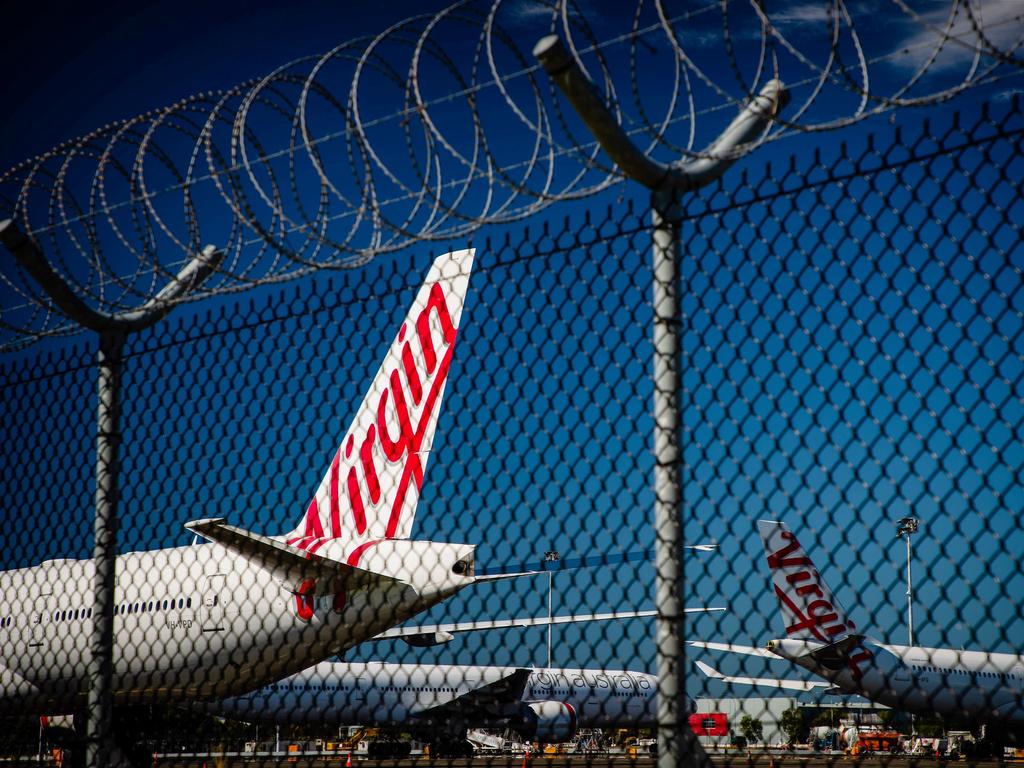
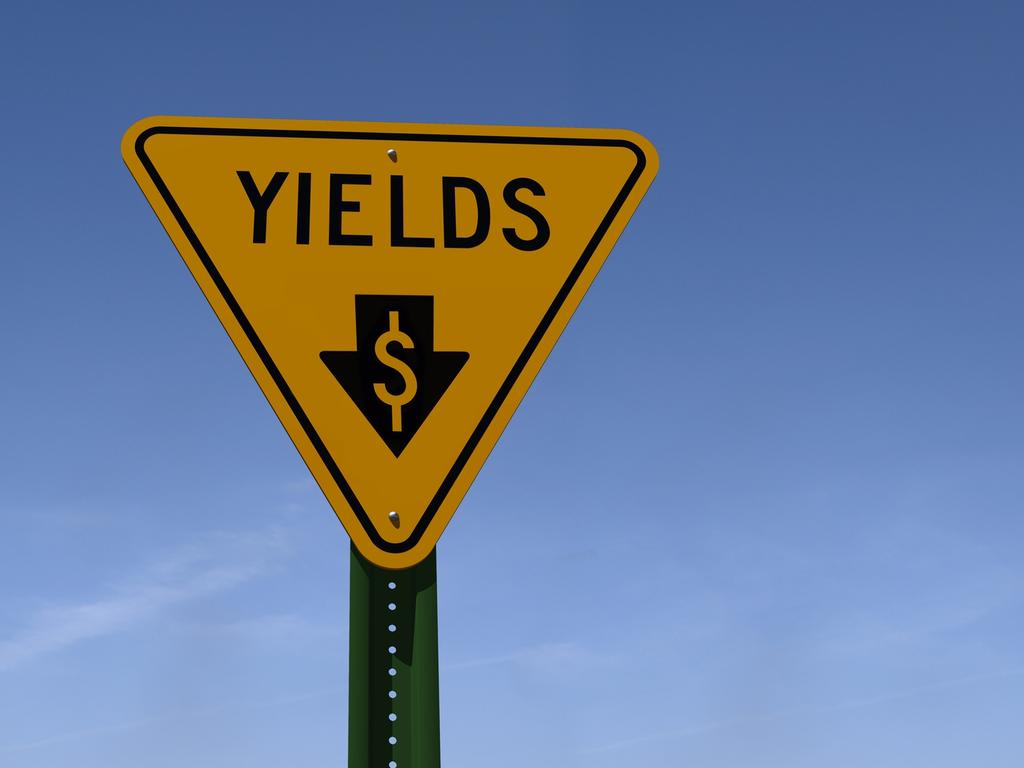
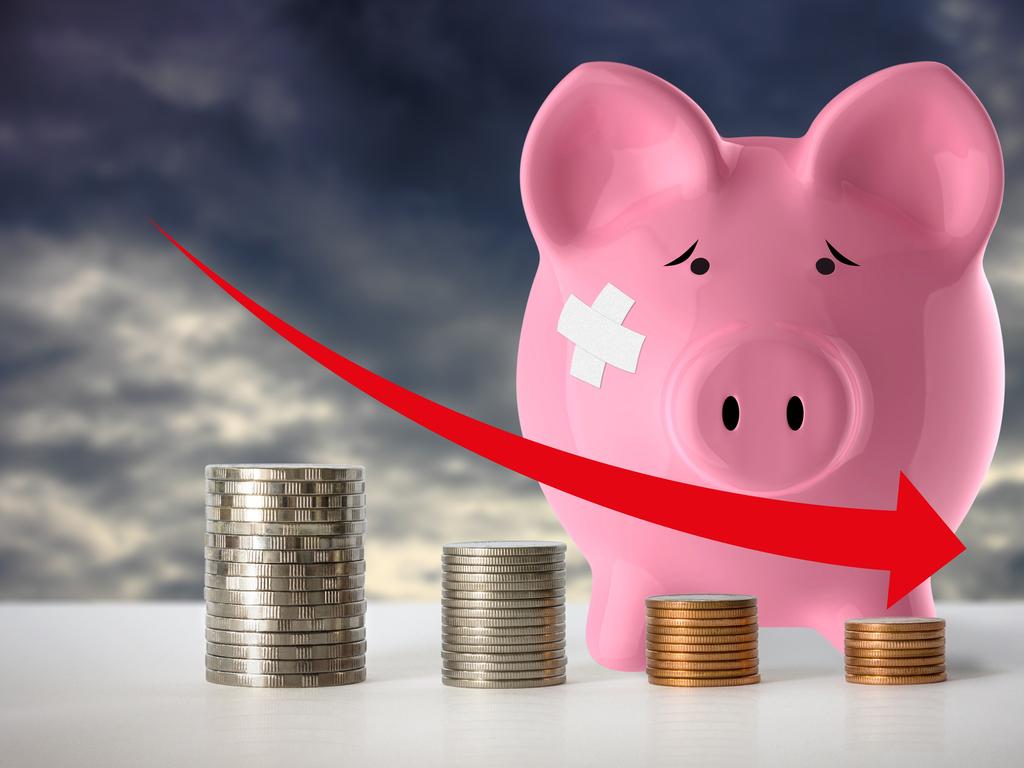
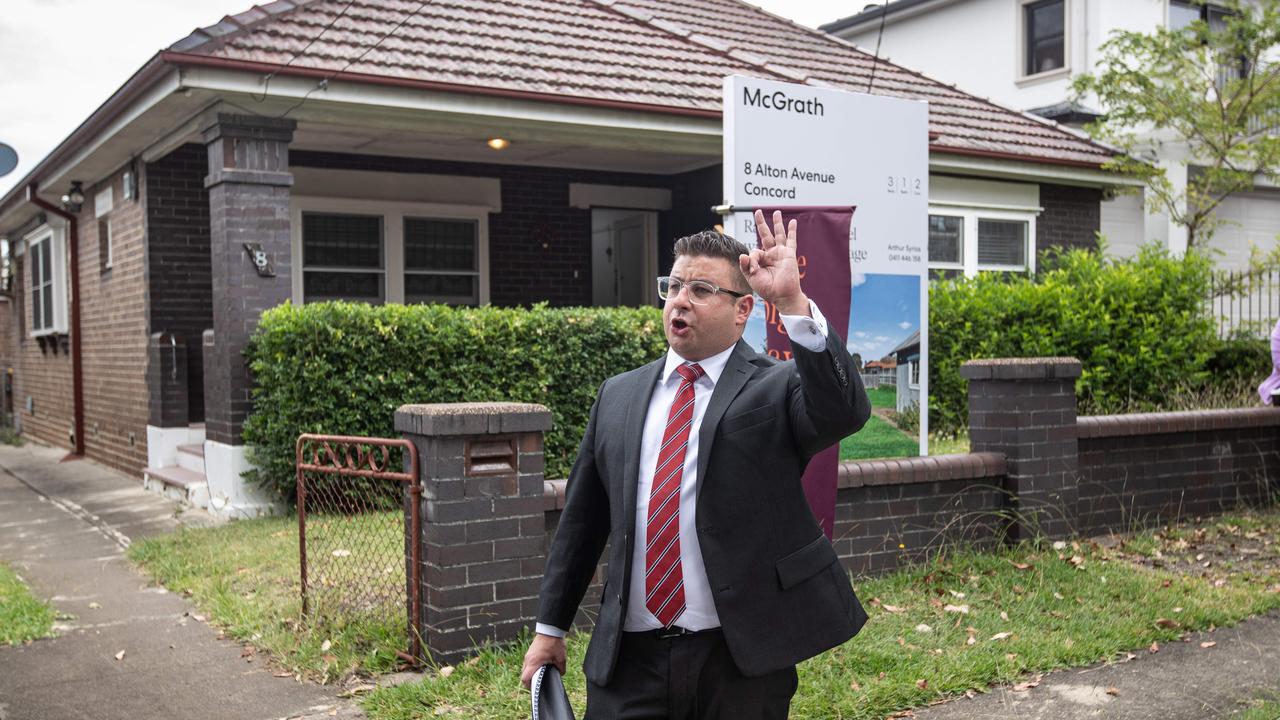

Since March 23 the ASX 200 has bounced nearly 25 per cent. This would be a highly desirable outcome had it occurred over a year. Not so desirable is a 25 per cent bounce in less than a month, and ahead of arguably the worst hit to revenues and earnings since the last recession, if not the Great Depression.